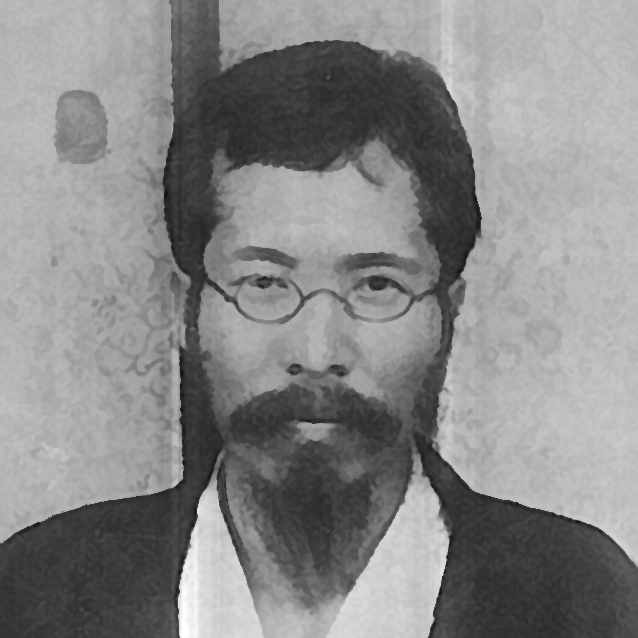Nov 26 2024 73 mins
Chapters 1-3: 0:00—January 1904. 2:35—Meiji Japan. 7:49—Marrying Umeko. 9:56: Gozo Yamaki & the Reverend. 13:52—Injury & injustice. 20:20—Women & child labor. 22:27—Waking society. 24:46—Shinoda. 27:55—Prominent Protestants. 30:30—Yamaki & Ohora. 31:44—Interlude.
Chapters 4-6: 32:08—The zaibatsu. 36:11—Shipbuilding. 38:28—O-Kame & Umeko. 40:17—Church garden party. 43:35—Shinoda & Umeko. 45:25—Politics & manners. 46:35—Socialism & feminism. 50:18—Interlude.
Chapter 7: 50:44—Rickshaw knowledge. 52:49—People’s Weekly/Heimin Shimbun. 55:15—Japanese socialism. 56:32—A Russian comrade. 1:01:43—Our emperor. 1:04:37—Kotoku Shusui. 1:09:25—The power of the pen. 1:12:06—The greater learning for women. 1:12: 56—Closing.
Text: Kinoshita, Naoe. Pillar of Fire. Translated by Kenneth Strong. London: George Allen & Unwin. 1972.
Interlude: "Godan-Kinuta" (Music of Weaving), The Koto Music of Japan (1965, Nonesuch HS-72005), Internet Archive.
Illustration: Naoe Kinoshita, 1937 (Wikipedia).
Contact: [email protected]
Thanks to Professor David Ambaras and the students of HIS 573: Japan's Empire in Asia, 1868-1945, NCSU, Fall 2024.
